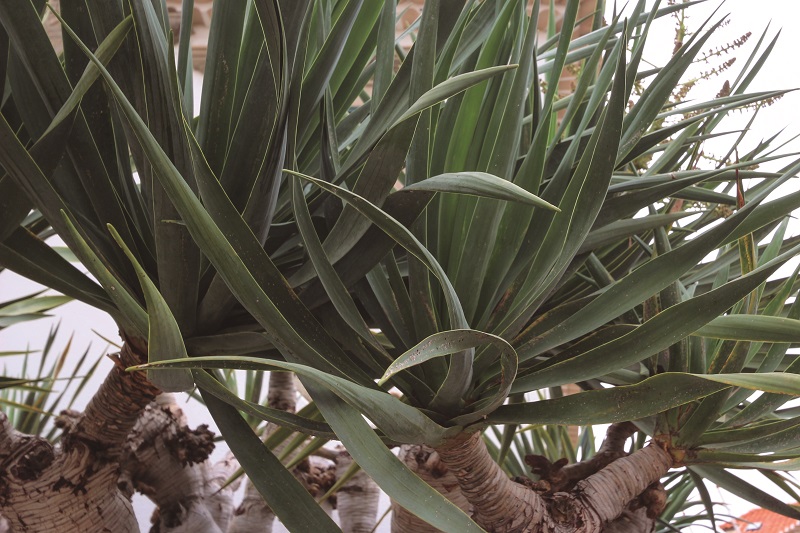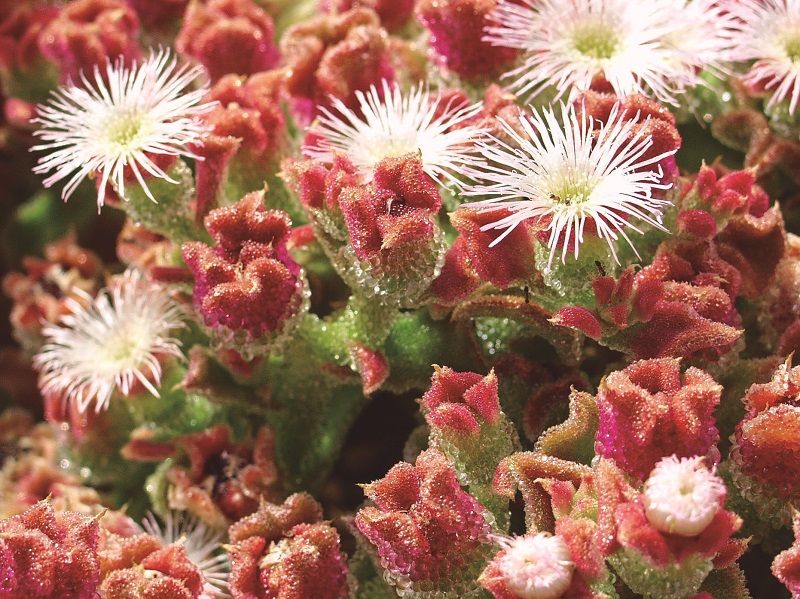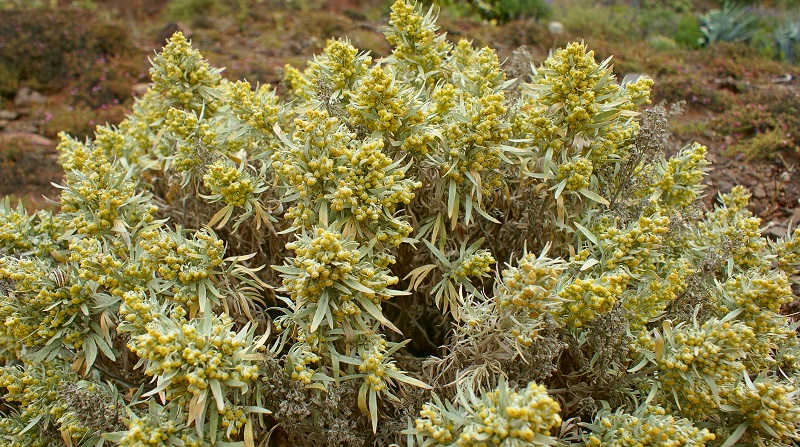Regarding ethnobotany, several indigenous species and some endemic species have traditional uses and customs associated with the people of Porto Santo. The people of Porto Santo, by necessity and due to their isolation, have always been very attached to the earth and plants. The local plants, for six centuries, were, and many of them still are, used for the most varied purposes, in religious traditions, home remedies and at the table, being inseparable from their culture and identity. Some examples of very popular plants used in traditional medicine are the endemic species: “selvageira”, “hissopo” and “losna”.
Next, some uses and customs associated to plants from Porto Santo will be referred to. The dragon tree was once abundant and the target of exploitation by the first settlers, due to the great demand for dragon-blood in the XV century. The name comes from the Greek word “drakaiano” which means dragon, because it was said that its red sap was dragon-blood. In the early days of the settlement, dragon-blood was exported to Europe because it was much appreciated for its medicinal properties, as a fabric dye and in the manufacture of polish for violins. For many years the origin of the dragonblood was kept secret leading people to believe it really was blood, feeding beliefs and hopes in its benefits and cures. The stalks of the primitive Dragon Tree, of large proportions, were used in the reparation and construction of small canoes or commonly use utensils.
Besides the dragon tree, some types of lichen commonly called orchil (Roccella sp.) were much sought after for dyeing. These lichens are common in the rocks overlooking the coast. The active component – the orcinol – with its dyeing value, is used in the dyeing process of clothes, the perfection of the colour purple or blue violet, giving significant importance and commercial value to the orchils. Their value in the economy of the Atlantic area happened very early, with the European occupation of Atlantic spaces in the XV century. The orchil was one of the first products to be commercialized and its exploitation was active until the XIX century, but it was in the XVIII century that it had the greatest economic importance and power, being exported to Flanders and England.
Plants used for other ends are the “barrilha” plants (Mesembryanthemum crystallinum and M. nodiflorum), namely for the production of soap powder, after being reduced to ashes. These plants, which are rich in soda, are still used today for washing hands if necessary, having elevated water content in their tissues.
Others local plants were and are still used nowadays, such as the “selvageira” tea (Sideritis candicans var. multiflora) with digestive properties; “losna” tea (Artemisia argentea) used to cure uterine ailments, as an emmenagogue and for stomach ailments; “hissopo” tea (Micromeria varia subsp. thymoides) used as a soother; garlic macerated with olive oil to heal spider fish bites (Trachinus draco) and the Opuntia Tuna Cactus (Opuntia tuna) used to fight coughs.





